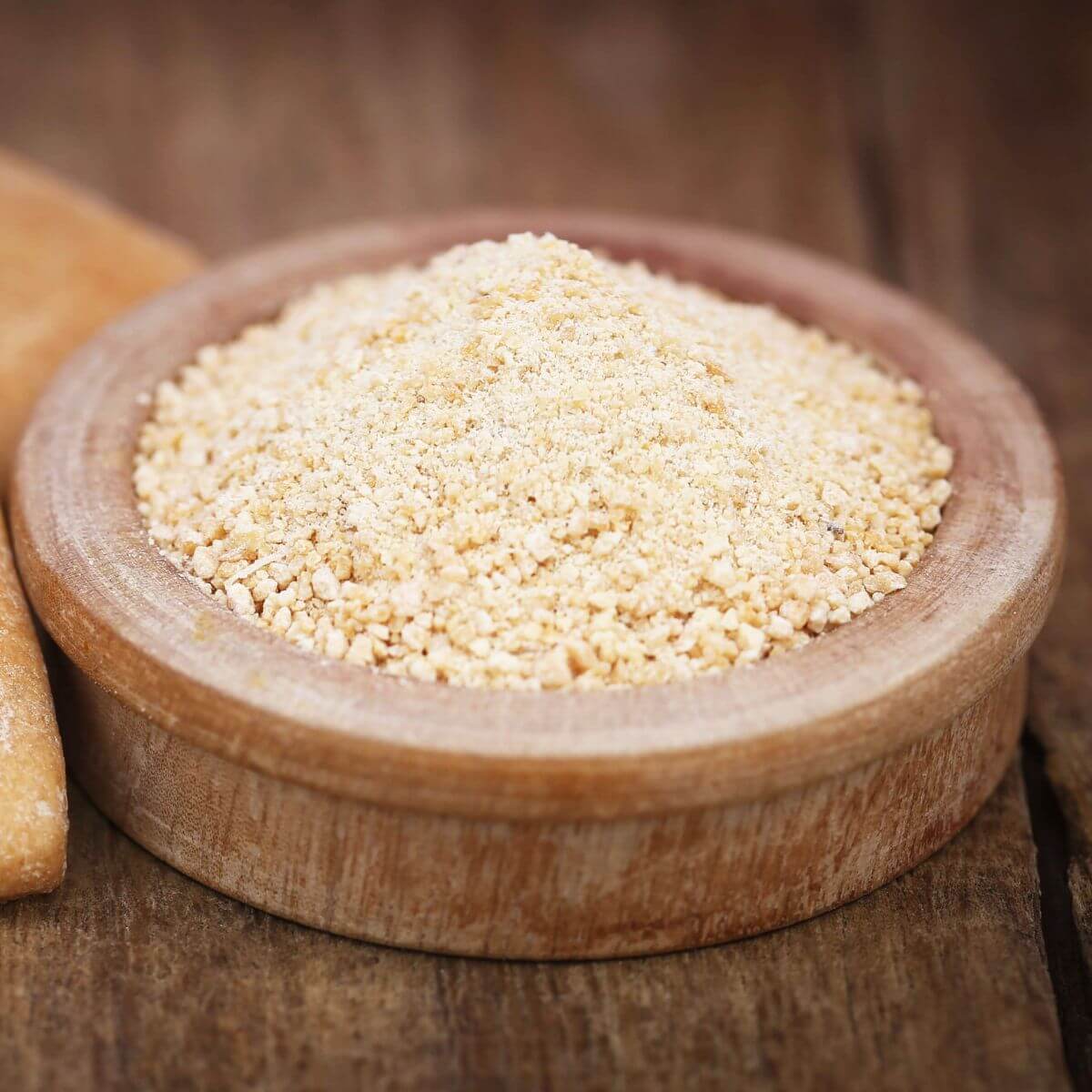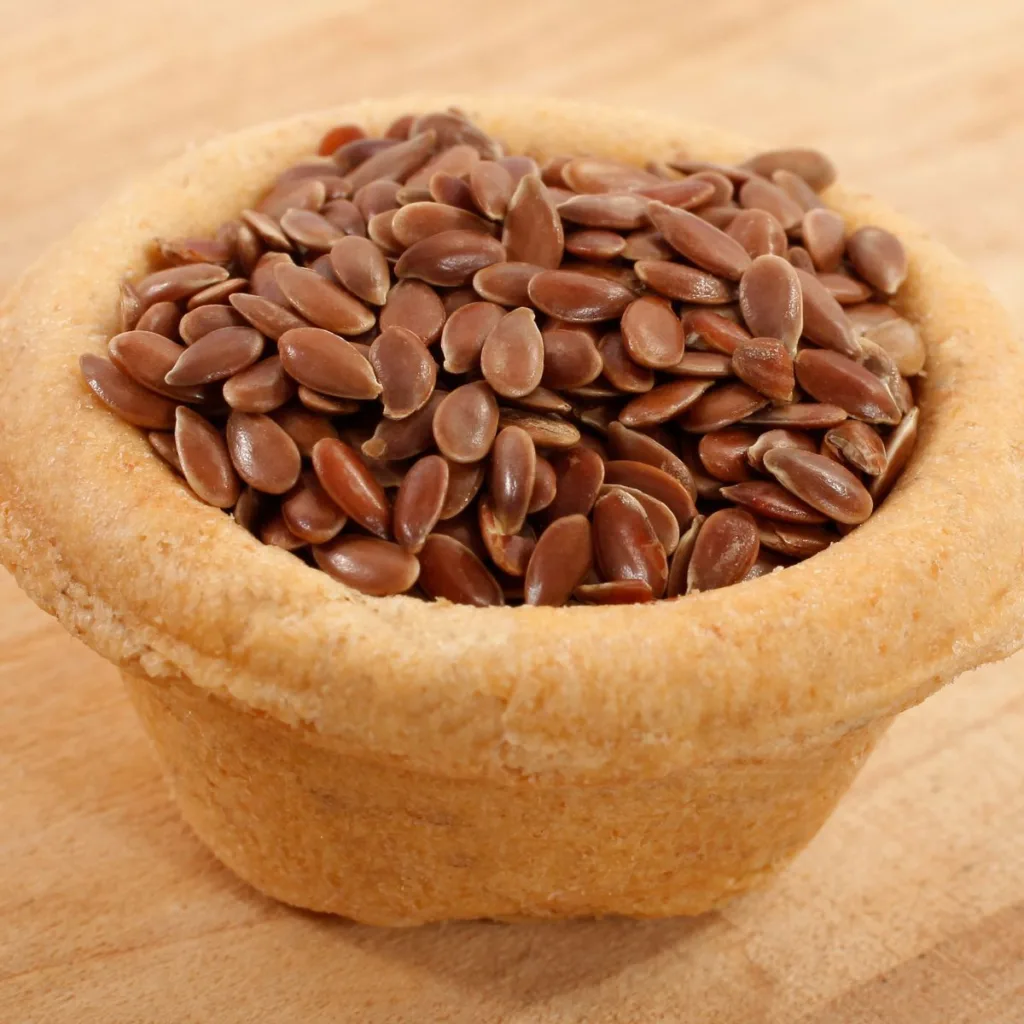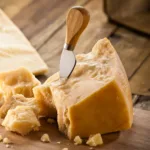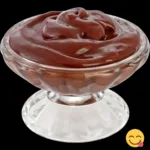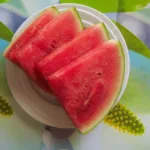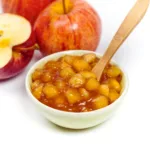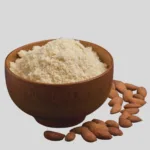Looking for xanthan gum substitutes? We’ve got you covered. Our guide explores a variety of alternatives that mimic its properties and cater to different dietary needs. You can easily substitute xanthan gum in your cooking and baking using a range of ingredients, from kitchen staples to more specialized ones.
1. Agar-Agar
Derived from red algae, agar-agar is a versatile ingredient that serves as an excellent substitute for xanthan gum. Agar-agar, like xanthan gum, acts as a thickening agent, providing the desired texture to dishes such as soups, sauces, and baked goods.
The best part is that agar-agar is vegan, making it a preferred choice for individuals following a plant-based diet. It’s available in sheets, flakes, or powder, offering flexibility in usage and easy incorporation into different recipes.
To use agar-agar as a xanthan gum substitute, start by hydrating it in water. Typically, agar-agar needs to be boiled in water to activate its thickening properties. Once it has dissolved, let it cool before using as you would use xanthan gum.
Keep in mind that agar-agar has a denser texture than xanthan gum. If it gets too thick, you can use a blender to liquify it again.
2. Chia Seeds
Another perfect alternative for xanthan gum is chia seeds, offering a similar texture-enhancing quality. When mixed with liquid, chia seeds develop a gel-like consistency.
Chia seeds don’t just help you control the texture of your recipes, but they also have exceptional nutritional benefits. For starters, they offer amazing gut health benefits due to their high fiber content.
These seeds also have significant protein and unsaturated fatty acid content, supporting healthy bones and preventing inflammation.
To use chia seeds as a substitute for xanthan gum, soak them in water or another liquid until they form a gel-like consistency. This gel can then be incorporated into recipes in place of xanthan gum, adjusting the quantity based on the desired thickness.
You can also use chia seeds in various ways around your kitchen. They can be added to smoothies, oatmeal, yogurt, and salads for an extra nutritional boost and a satisfying crunch.
Additionally, chia seeds can be used to make pudding-like desserts by mixing them with milk or a plant-based alternative and allowing them to thicken in the refrigerator.
3. Cornstarch
Cornstarch is one of the most convenient alternatives to xanthan gum, especially for thickening soups and stews. Unlike xanthan gum and other options, you don’t need to prepare cornstarch before using it in your recipes.
Instead, cornstarch can be added directly to recipes without any pre-mixing. You also need the same ratio of cornstarch as you would use of xanthan gum. This streamlines the cooking process, making it incredibly easy for home cooks to achieve the desired consistency in their dishes.
In addition to its thickening properties, cornstarch is also versatile in the kitchen. It can be used to coat meats before frying, thicken sauces and gravies, and even in baking to produce tender and moist baked goods.
4. Egg White
Egg whites are a popular natural thickening agent in various culinary applications, offering a viable alternative to xanthan gum. They develop a foamy texture on whisking, adding volume to any recipe.
This makes them particularly useful in recipes where a light and airy texture is desired, such as meringues, mousses, and soufflés.
Yet, egg whites are incredibly versatile. They’re not just used in desserts. You can use them in savory dishes as well, without altering the flavor profile.
You don’t need to waste the rest of the egg, though. There are numerous delicious recipes using the extra egg yolk.
It’s important to note that while egg whites are an effective thickening agent, they may not be suitable for all dietary preferences or restrictions. Unfortunately, this option is unsuitable for people with egg allergies or those following a vegan diet.
5. Gelatin
Unflavored gelatin is a handy ingredient commonly used as a thickening agent, similar to xanthan gum. It creates a gel-like texture when mixed with liquids, making it ideal for thickening soups, sauces, and desserts.
Gelatin has a neutral taste, allowing it to blend seamlessly into both sweet and savory dishes. This makes it a preferred choice for recipes where maintaining the original taste is crucial.
Furthermore, gelatin is easy to use, even if you’re a beginner. All you need to do is dissolve the gelatin in warm liquid before adding it to your recipe. As it cools, the gelatin will thicken the dish, providing the desired consistency.
Keep in mind that gelatin is derived from animal collagen, so it’s unsuitable for vegetarians or vegans.
6. Flax Seeds
Flax seeds offer a nutritious and versatile alternative to xanthan gum. When ground and mixed with liquid, flax seeds form a gel-like substance similar to xanthan gum.
Packed with soluble fiber, omega-3 fatty acids, and other essential nutrients, you can’t go wrong with this thickening agent.
One of the standout features of flax seeds is their high fiber content, which promotes digestive health and helps regulate blood sugar levels. This makes them particularly beneficial for individuals looking to improve their overall well-being.
Flax seeds have different culinary uses, making them essential additions to your pantry. They can be sprinkled over yogurt or oatmeal, added to smoothies for a nutritional boost, or incorporated into homemade granola bars and energy bites.
It’s important to store flax meal properly to maintain its freshness and nutritional value. Store the seeds in an airtight container in a cool, dry place or in the refrigerator for extended shelf life.
7. Psyllium Husk
Psyllium husk powder is derived from the seeds of the Plantago ovata plant. This natural product is an exceptional thickening agent when mixed with liquid.
The powder forms a gel-like substance when combined with water, aiding in the binding and thickening of various recipes. It’s also known to support digestive health by promoting regularity and alleviating constipation.
However, you should note that psyllium husk powder should be consumed with enough water to prevent potential digestive issues. Moreover, consuming too much psyllium husk can lead to unpleasant gastrointestinal symptoms, such as diarrhea.
In the kitchen, psyllium husk powder can be used in numerous recipes, including bread, muffins, pancakes, and smoothies. Its binding and thickening properties make it a versatile ingredient suitable for low-carb and gluten-free baking.
Have questions or suggestions about these xanthan gum substitutes? Leave them in the comments below.

